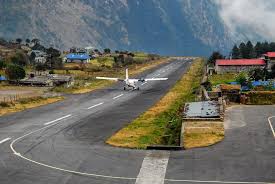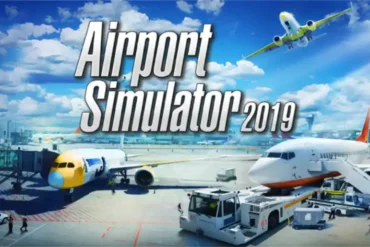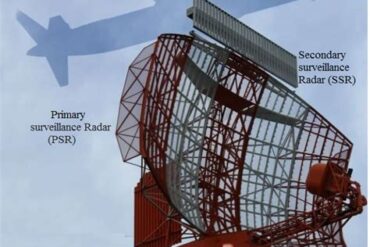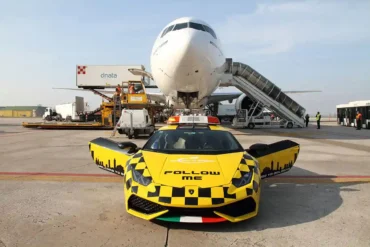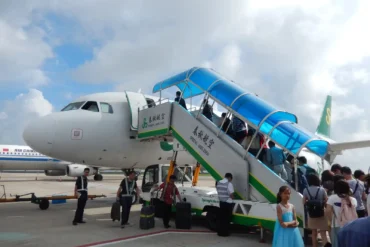What goes into picking a spot for an airport?
Finding the right place for a new airport or expanding an existing one into a major hub is quite a puzzle. It’s all about striking a balance between what planes and travelers need and how the airport affects the surrounding area.
When it comes to flying, airports need a big, flat area for runways and buildings, without any pesky mountains or tall structures getting in the way. But here’s the tricky part: they also need to be close enough to where people live so it’s easy to get to, but far enough away so the noise doesn’t drive everyone crazy. It’s like trying to find the perfect spot for a really noisy, really big neighbor!
As you might guess, the bigger the airport, the harder it is to find that sweet spot. Tiny airports can squeeze into about 75 acres (that’s about 57 football fields), but those massive airports with multiple runways and huge terminals? They need around 3,000 acres or more. That’s a lot of land!
Some of the world’s biggest airports, like Dallas-Fort Worth in Texas or Charles de Gaulle in Paris, are so enormous they spread out over way more than 3,000 acres. It’s like they’re small cities all on their own!
How do they choose the perfect spot?
Picking a site for a big airport isn’t something that happens overnight. It can take months or even years because there’s so much to think about. They have to consider things like the weather (nobody wants to land in a fog bank), making sure planes have clear paths to fly in and out, and finding land that’s flat enough for those long runways.
But it’s not just about the planes. They also need to make sure people can easily get to and from the airport. That means thinking about highways, public transportation, and even where to put all those parking lots. They also have to look at how much it’ll cost to build, what kind of land they’re dealing with, and how much that land is worth.
The environment is a big deal too. They have to think about how noisy planes will affect nearby neighborhoods, pollution concerns, and whether there are any endangered animals or important cultural sites in the area. The government often asks for detailed reports on how the airport might change things like where people live and work, how the land is used, and even how people get around the region. It’s like playing a giant game of SimCity, but in real life!


